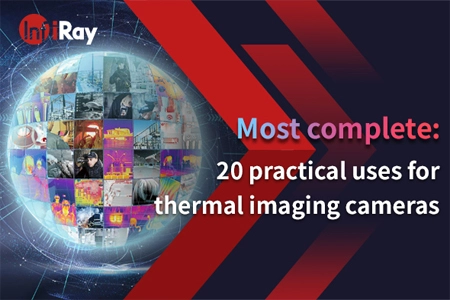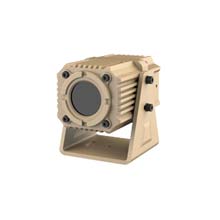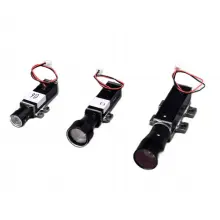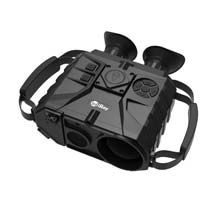What Are the Vital Specifications of a Thermal Imaging Camera?
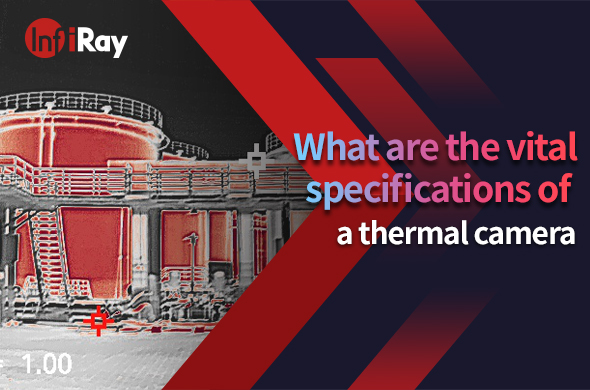
In the fascinating world of thermal imaging, understanding the vital specifications of a thermal imaging camera is essential for harnessing its true potential. From pixel pitch to frame rate, each specification plays a crucial role in enhancing the performance and accuracy of thermal imaging. In this blog, we will explore the key specifications that contribute to optimal thermal imaging and their significance in various applications.
Overview of Key Specifications for Optimal Thermal Imaging Performance
Thermal imaging revolutionizes the way we perceive the world by detecting and visualizing heat emitted by objects and organisms. For effective thermal imaging, several specifications must be considered when selecting a thermal imaging camera. These specifications impact the clarity, sensitivity, and functionality of the thermal imagery, making them essential factors in choosing the right one for specific applications.
Pixel Pitch
Pixel pitch refers to the distance between individual pixels on the thermal sensor. Smaller pixel pitch means higher pixel density, resulting in more detailed thermal images. Each pixel captures temperature information, and a smaller pixel pitch allows for better spatial resolution and accuracy. Pixel pitch directly affects the camera's spatial resolution. With a smaller pixel pitch, the camera can detect smaller temperature variations and present a more detailed image. A thermal imaging camera with a smaller pixel pitch provides enhanced image clarity, making it ideal for applications requiring precise temperature measurement and identification of fine details.
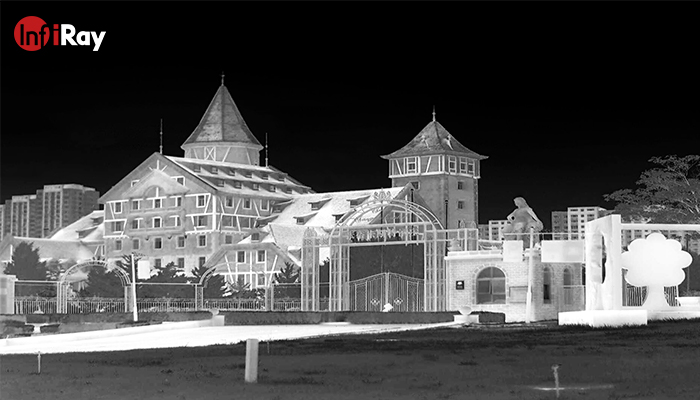
InfiRay 10μm thermal camera provides crisp and clear thermal images
Resolution
Resolution is a crucial specification that determines the total number of pixels in the thermal image. Higher resolution means more pixels, resulting in sharper and more defined thermal images. Thermal imaging cameras come with varying resolution options, such as low, medium, and high. High-resolution cameras are suitable for applications that demand superior image quality and detailed analysis.
NETD (Noise Equivalent Temperature Difference)
NETD is a measure of the sensitivity to detect small temperature differences. A lower NETD value indicates better sensitivity and higher thermal contrast. A thermal imaging camera with a lower NETD value is better equipped to identify minor temperature changes, making it more suitable for applications that involve detecting subtle thermal anomalies.
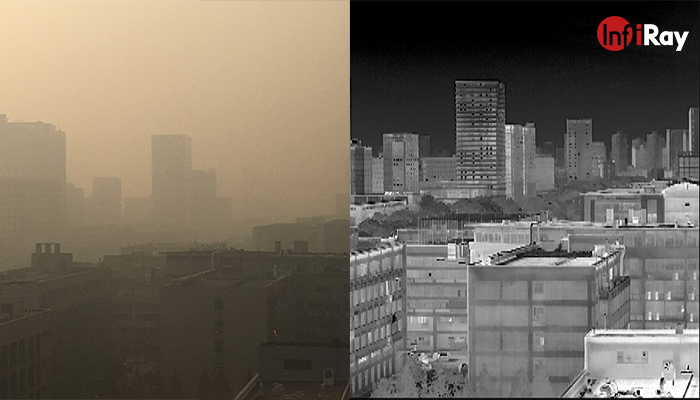
InfiRay thermal camera with low NETD can easily see through fog
FOV (Field of View)
The field of view (FOV) is the area that the thermal imaging camera can capture in a single frame. A wider FOV covers a larger area, while a narrower FOV focuses on a smaller target region. They offer various FOV options, including wide-angle, narrow, and zoom. Each FOV type caters to different applications, such as surveillance, inspections, and research.
Frame Rate
Frame rate refers to the number of frames per second that the thermal imaging camera can capture. A higher frame rate is crucial for real-time applications, allowing swift detection of fast-moving objects and events. In night vision in dynamic environments or security monitoring scenarios, a higher frame rate ensures that the thermal imaging camera can capture fast-moving targets accurately, preventing motion blur and loss of critical information.
Practical Applications of Thermal Imaging Camera Specifications
In outdoor observation and security monitoring, thermal imaging cameras with high resolution and sensitivity are invaluable for detecting intruders and providing enhanced night vision capabilities. In industrial settings, the cameras with precise FOV and frame rates facilitate detailed inspections of equipment and infrastructure, helping to identify potential issues proactively. In scientific research, thermal imaging cameras with high-resolution and low NETD values provide accurate temperature data, supporting studies in various fields, including environmental science and biology.
In the realm of thermal imaging, understanding the vital specifications is key to harnessing its full potential. By comprehending pixel pitch, resolution, NETD, FOV, and frame rate, users can optimize their thermal imaging performance for a wide range of applications, from security and industrial inspections to scientific research. When selecting a thermal imaging camera, striking a balance between specifications ensures a well-suited and cost-effective investment. With the right thermal imaging camera in hand, the possibilities of thermal imaging are boundless, opening new doors to explore and understand the world of heat and temperature.








